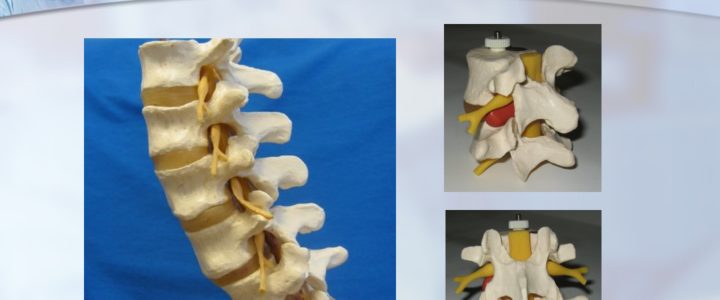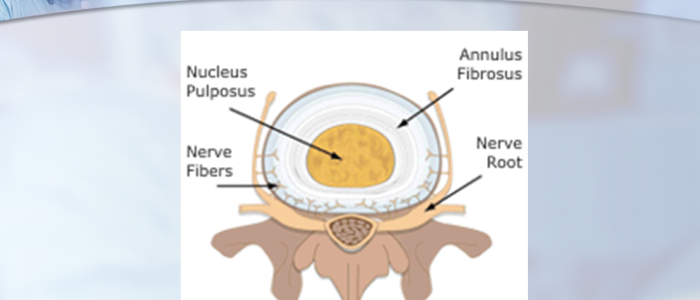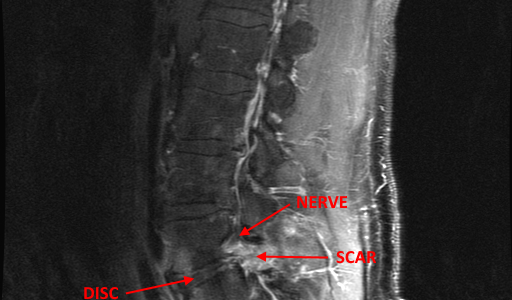An orthopedic surgeon with more than 30 years of experience, Dr. Luis Lombardi dedicates his professional life to the development and improvement of spine surgical techniques that do not damage the normal structures. In a recent interview, Dr. Luis Lombardi stated “these non-traumatic procedures are performed in an outpatient setting, offer a shorter recovery times and require no anesthesia”. Even though these are small procedures that are extremely well tolerated by patients, you may want to take the following tips into account after any spine surgery. 1. Arrange for someone to transport you to and from the ambulatory center. 2. Make sure to attend all follow-up appointments with your orthopedic physician after the procedure. He can help monitor your recovery, address concerns and offer suggestions for recovery. 3. The success of any surgical procedure partly depends on the patient’s cooperation with pre and post-surgery instructions. Post-procedure management is important, so make sure to closely follow all instructions given to you by the surgeon. 4. Your orthopedic surgeon may advise you to avoid excessive bending and heavy lifting within the first few days after your procedure.
Practical Tips for Post-Spinal Surgery Recovery














